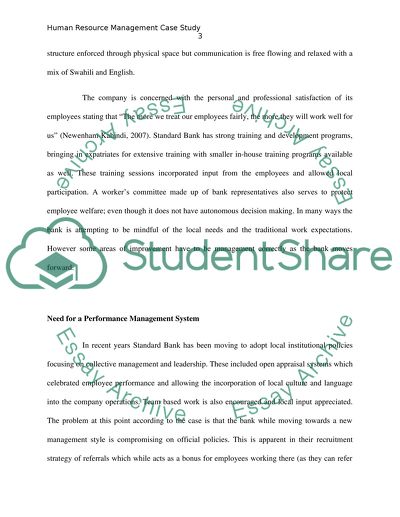Cite this document
(“Human Resource Management in Multinational Banks in Tanzania Research Paper”, n.d.)
Retrieved from https://studentshare.org/human-resources/1655158-human-resource-management-in-multinational-banks-in-tanzania
Retrieved from https://studentshare.org/human-resources/1655158-human-resource-management-in-multinational-banks-in-tanzania
(Human Resource Management in Multinational Banks in Tanzania Research Paper)
https://studentshare.org/human-resources/1655158-human-resource-management-in-multinational-banks-in-tanzania.
https://studentshare.org/human-resources/1655158-human-resource-management-in-multinational-banks-in-tanzania.
“Human Resource Management in Multinational Banks in Tanzania Research Paper”, n.d. https://studentshare.org/human-resources/1655158-human-resource-management-in-multinational-banks-in-tanzania.


